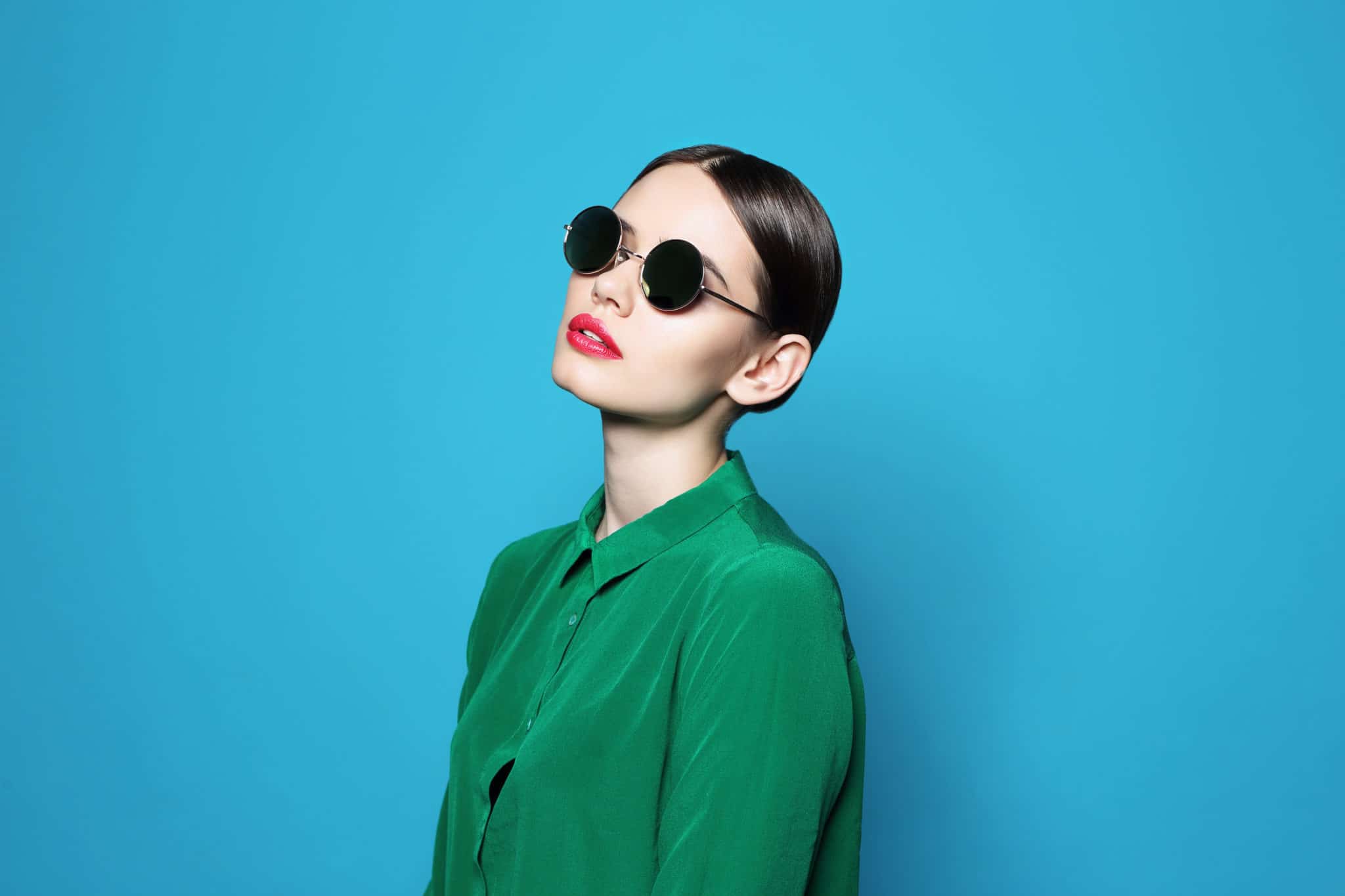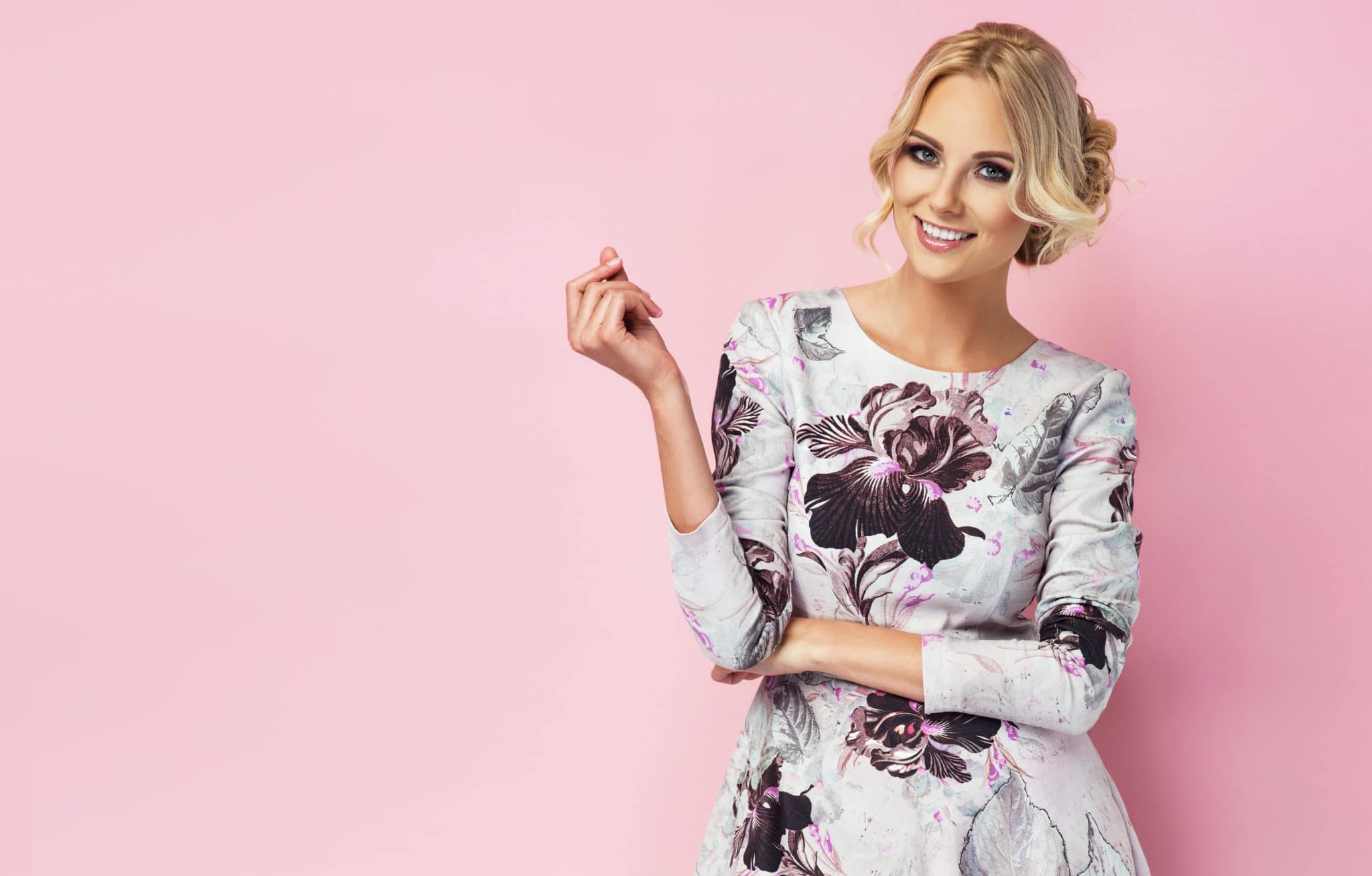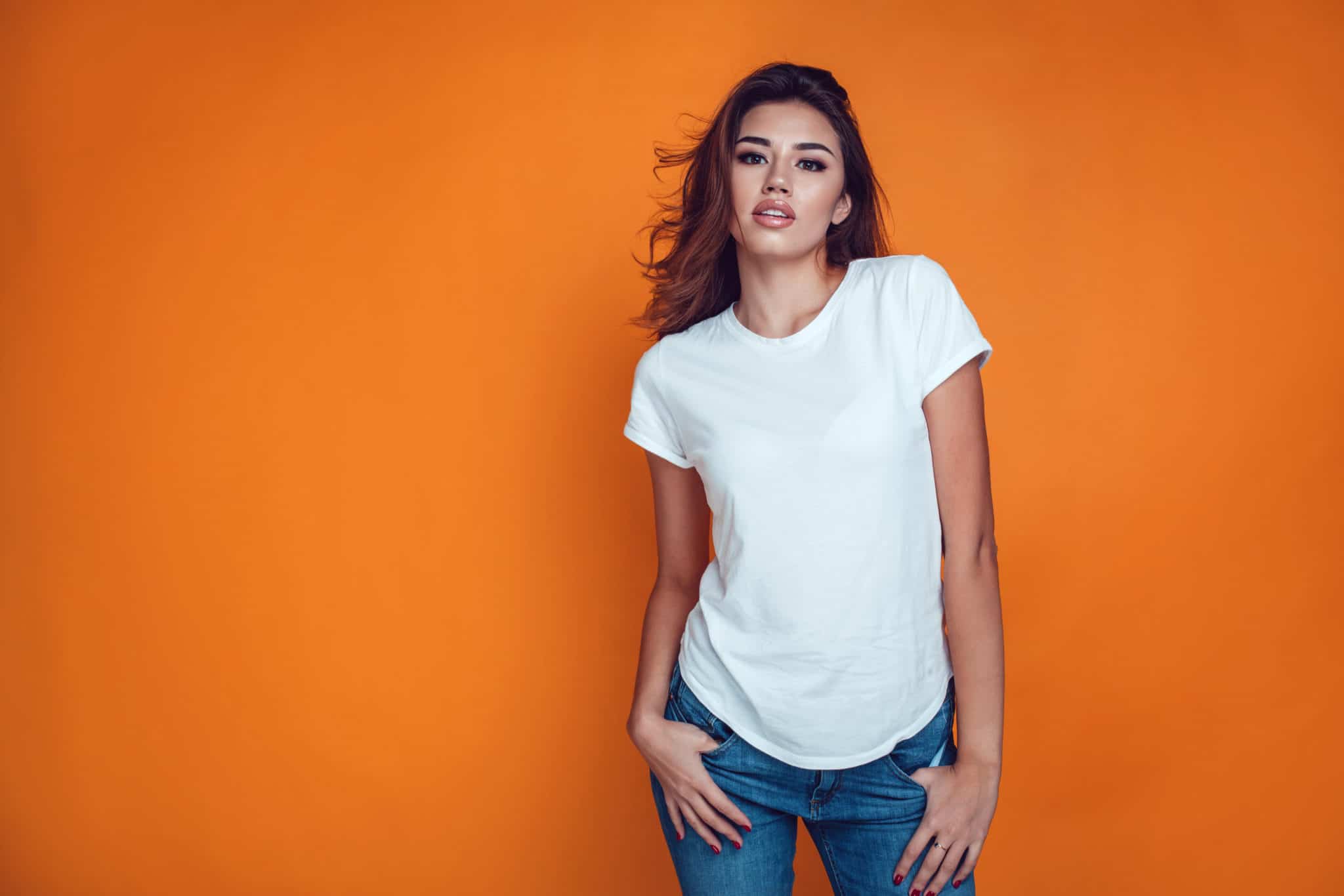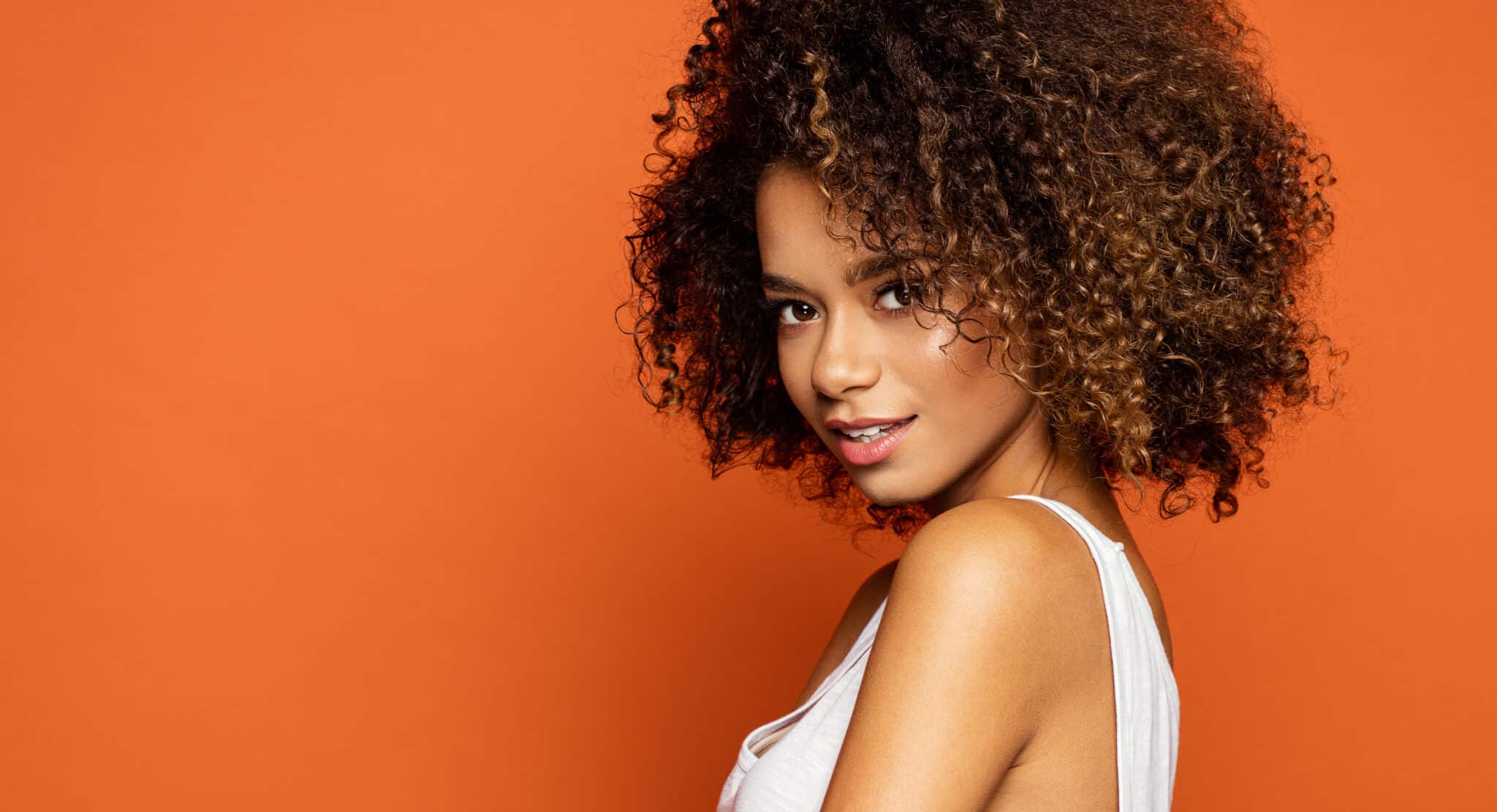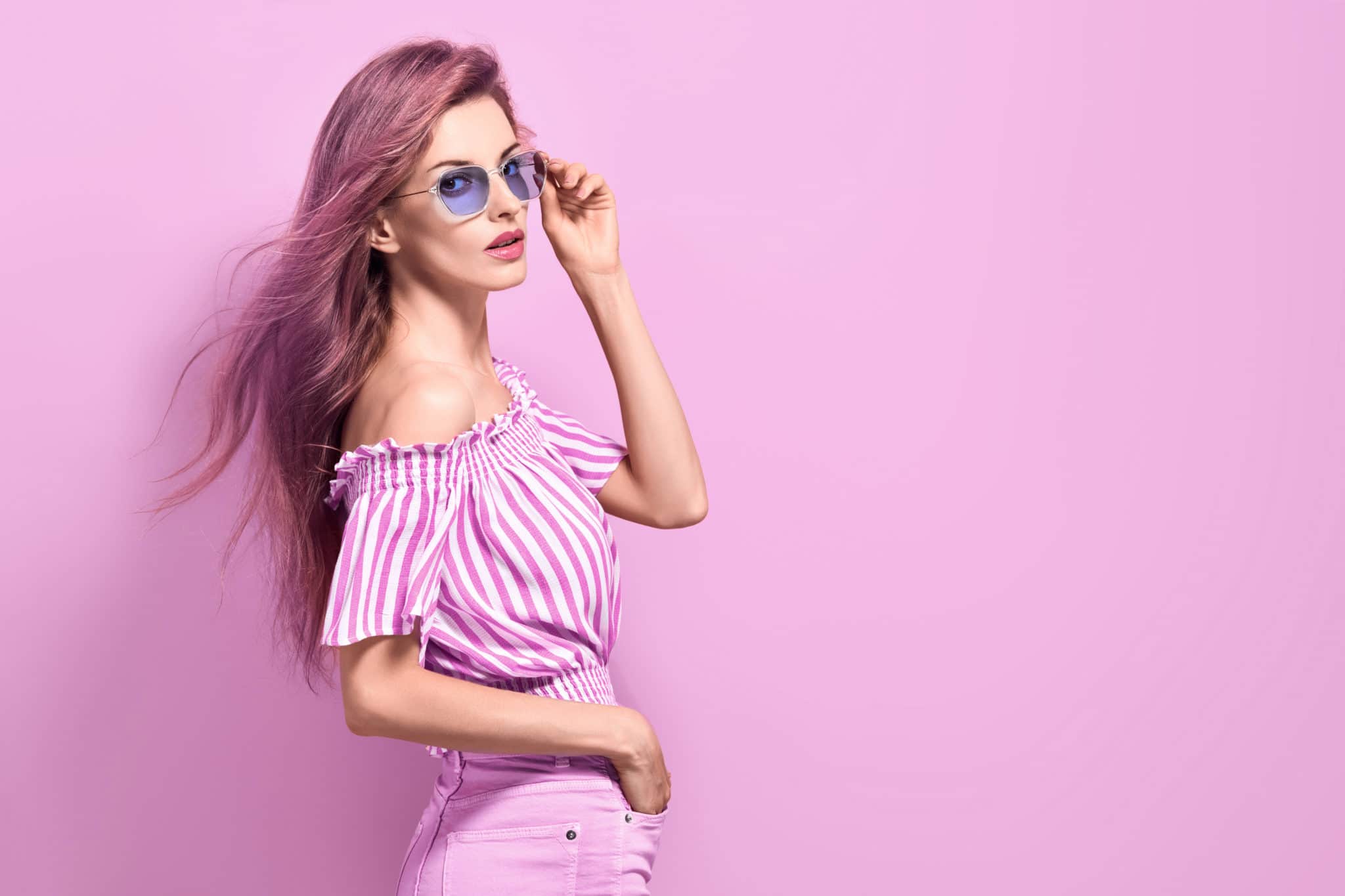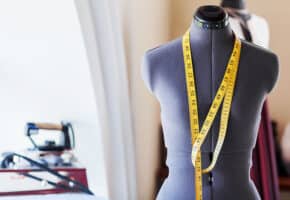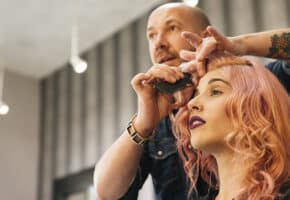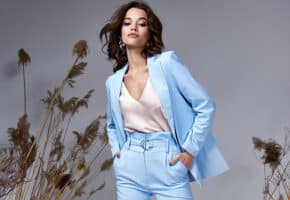Everything You Need to Know About Commercial Modelling
Are you interested in becoming a commercial model, but are unsure of what it entails?
Perhaps you’re concerned about the competitive nature of the industry?
We’ve got you covered with an in-depth guide including all aspects of the commercial modelling world.
If you’re interested in becoming a commercial model, let us help! Register now to start your modelling career.
What Is Commercial Modelling?
Commercial modelling is a niche that spans across a wide area. Advertisements (both print and television), magazines and catalogues all fall under the commercial umbrella. Brands such as H&M and Zara hire models to promote their product to their target audience and therefore require talent that fits their vision.
Commercial models are required for campaign imagery, online product shots, billboards, TV advertisements and product packaging for fashion, beauty, technology and homeware; the list is endless, which means the type of models required is also vast.
Unlike high fashion, models in commercial modelling are usually more girl-next-door. Requirements are less strict as brands are looking for a model who connects and/or reflects with the general population.
Since the modelling industry has more readily embraced diversity, the commercial niche does include plus size, petite, fitness and body part modelling. However, these niches remain less in demand than the stereotypical commercial model.
The Requirements For Commercial Models
Typically, a female model must possess even, natural features, nice hair and a great smile. Men are charming, handsome and chiselled, though not overly muscular.
Most brands look for models who are accessible to a wide audience. There are some exceptions to the rule yet, generally, a natural and desirable look is sought after.
- Height. There is less pressure to reach the heights that top fashion demands. Female commercial models are usually required to measure around 5’6”, whilst men should stand at 5’11”. Of course, petite clothing brands will hire shorter models.
- Gender. Both female and male models are required by commercial brands to promote their products. Gender fluidity is now recognised in the industry, but only a select few brands are featuring transgender models in their campaigns currently.
- Physique. A slender, toned body shape is most sought after in both male and female models. It is therefore important that both emerging and established models maintain a healthy physique through a sensible diet and exercise regime. Plus-size modelling is building a place in the commercial industry, but this also demands for models to look after themselves. While plus-size models can be a bigger dress size, they are still expected to have proportional measurements.
- Age. Female and male models are typically aged between 18-35, but there is little discrimination in the commercial world, with child and teenage modelling being very present in the industry. Brands require models of all ages to showcase their designs and promote their products. Mature models do have their part to play, but are hired less often than the younger generation.
- Race. Although the modelling world is accepting of different ethnicities, there remains accusations of racism due to the visible proportional difference between races seen in fashion. Fortunately, we are now seeing most brands taking steps towards inclusivity.
How to Become A Commercial Model
Modelling is not an easy industry to get into, regardless of the niche you are aiming for. All commercial modelling jobs demand dedication, hard work and commitment.
Here’s a guide to getting into the commercial modelling industry.
- Get signed. You need to sign up to an agency that caters for the commercial industry.
- Research. Look into all the agencies that have a good reputation and have links to commercial brands. Take your time with this step.
- Contact. Find out how to contact the agency via there website and proceed accordingly. Some agencies like emails, while others prefer letters.
- Application. The majority of agencies usually have an application form that you need to complete. Ensure that you fill out correctly, avoiding any errors.
- Photos. Upload high-quality images in the format and style requested. Some agencies prefer portfolio shots, whereas others favour simple headshots. Avoid attaching selfies or other low-quality amateur photographs.
- Attend an interview. Agencies also host walk-in sessions that are scheduled between a specific time. Many models prefer face to face communication. Ensure that you are aware of the time; you don’t want to arrive late.
- Keep trying. Do not limit yourself to one agency. Keep your options open and apply to as many reputable agencies as possible to increase your chance of success.
Remember – if you are turned away from an agency, that doesn’t mean you will never have a chance to be signed by them. Re-apply in 8 months; you never know when they will have an opening, or when your look will catch their eye.
Castings Explained
Once signed to an agency, you will be invited to castings. A casting is a model audition that allows the brands to choose models suitable for their advertisement. This is your time to shine, so make sure you make a good first impression.
As a model, you will attend a lot of castings in your commercial modelling career and you will not get them all. Rejection is a huge part of the process; don’t take it personally.
Here’s our advice on how to do well at a casting.
- Arrive on time. Plan ahead to avoid being late. Find the location, the route and the length of time it takes to get there a couple of days before.
- Wait your turn. Castings usually involve a lot of waiting around with the actual interview lasting a couple of minutes. Take a book and some water/snacks.
- Wear jeans and a t-shirt (unless specified otherwise) and a pair of comfortable shoes. Also, leave the hair and make-up natural to avoid distraction.
- Be prepared to strike a few poses or demonstrate your model walk.
- Ooze confidence by being friendly and positive.
- It is a daunting experience but do not let the nerves spoil your performance.
The Expectations At a Photoshoot
The photographers and organisers will have high expectations. The model’s performance must be good as the brand is paying a lot of money to advertise their products. It is therefore important that, as the model, you are well-armed with a selection of suitable poses to impress on the day.
It’s also imperative that you listen closely to directions and respond in a confident, positive way.
How to Prepare For A Photoshoot
To deliver at a photoshoot, make sure that you prepare beforehand. Practice poses that are suitable for commercial modelling to ensure that you feel confident on the day. If you are unsure what poses are considered appropriate, do some research.
Usually, brands like to keep the posing simple with focus on the clothing. Practice in the mirror until you feel comfortable with how you pose. Don’t forget to work on facial expressions, too.
How Much Do Commercial Models Earn?
This is a tricky question to answer as the amount varies depending on the brand and experience of the model. Commercial models will get paid considerably lower than high fashion, yet the average hourly pay should be substantial.
Do remember that your agency will take a percentage of your wage due to their part in securing the role. A model should only work for free if the collaboration and experience is beneficial to them and their future.
How Much Travel Is Involved?
Do expect to travel for work as the studio or location can vary for each shoot. Commercial modelling demands flexibility. It is not a career for someone who likes to remain working in one place. It is certainly not a 9-5 role. Be prepared to travel a fair distance with potential overnight stays depending on the location and budget provided. Those who live in London will find that a lot of work is held in the capital, but they will still need to commute to different areas in the city.
The Competition
Commercial modelling is fiercely competitive with a high amount of hopefuls all striving for the same roles. It is a tough industry to break into with only the dedicated and committed succeeding.
Rejection is rife in the modelling world, with potentials being knocked back countless times for different reasons. It is important to keep going as your big break may just be around the corner.
High Fashion Vs Commercial Modelling
The high fashion world is led by top fashion designers with money to spend. Models who work in high fashion have a striking, unique look that will add a new edge to the industry. These models are pushed into the limelight creating a celebrity status to promote the elite labels. Only a select few are chosen for the roles. Typically, extremely tall and slim girls are recruited, with agents constantly scouting new talent. It is a fickle industry with only the toughest surviving.
The Portfolio
Building a portfolio is essential to your success. This helpful resource showcases your talent and experience to potential employers.
Always select high-quality photographs that look professional. Opt for either an online or printed format, ensuring that the portfolio includes all the correct information. Your portfolio should have a sleek layout.
Remember, this evidence of work is representing you as a model before you have met the client; this means that some interviews and jobs will rely solely on the content of your portfolio.
A Quick Guide to Commercial Modelling
- Commercial modelling covers a wide area including advertisements, product shots, TV Commercials and campaigns.
- Sign to an agency.
- Attend as many castings as possible.
- Prepare in advance for a photoshoot to appear confident and deliver on the day.
- Be flexible to travel and working hours.
- Do not be put off by the competition.
- Build a professional portfolio.
